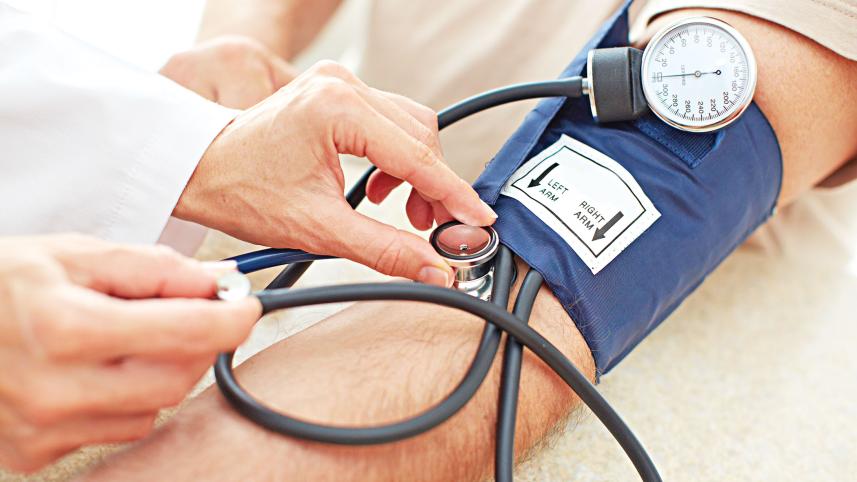Night-time blood pressure can predict 10-year mortality

A recent study published in The Lancet suggests that monitoring blood pressure (BP) over a 24-hour period may be a better predictor of health outcomes compared to measuring BP in a clinic setting. Previous studies on this topic have been limited in size, but this study analysed data from a Spanish BP registry consisting of 59,000 patients who were recommended for ambulatory BP monitoring based on European guidelines.
The researchers followed these patients for an average of 10 years after conducting both standard clinic BP measurements and ambulatory BP monitoring at the beginning of the study. The key findings of the study were as follows:
• Systolic BP (SBP) showed a stronger association with all-cause and cardiovascular-related mortality compared to diastolic BP.
• 24-hour ambulatory SBP was more strongly linked to all-cause and cardiovascular-related mortality compared to clinic SBP.
• Night-time SBP, measured during ambulatory monitoring, exhibited a stronger association with all-cause and cardiovascular-related mortality compared to daytime SBP.
• Patients with masked hypertension (hypertension detected through 24-hour ambulatory monitoring but not in the clinic) had a higher risk of all-cause mortality compared to those with normal BP.
This study confirms that 24-hour ambulatory BP monitoring, particularly overnight measurements, can provide valuable prognostic information in a large group of patients. However, in the United States, the widespread use of ambulatory monitoring faces barriers such as limited availability, variable insurance coverage, and patient acceptability.
It remains unclear whether extensive use of 24-hour ambulatory monitoring for diagnosis and treatment would lead to improved clinical outcomes compared to a combination of office measurements and self-measurements at home. Further research is needed to address this question.



 For all latest news, follow The Daily Star's Google News channel.
For all latest news, follow The Daily Star's Google News channel.
Comments